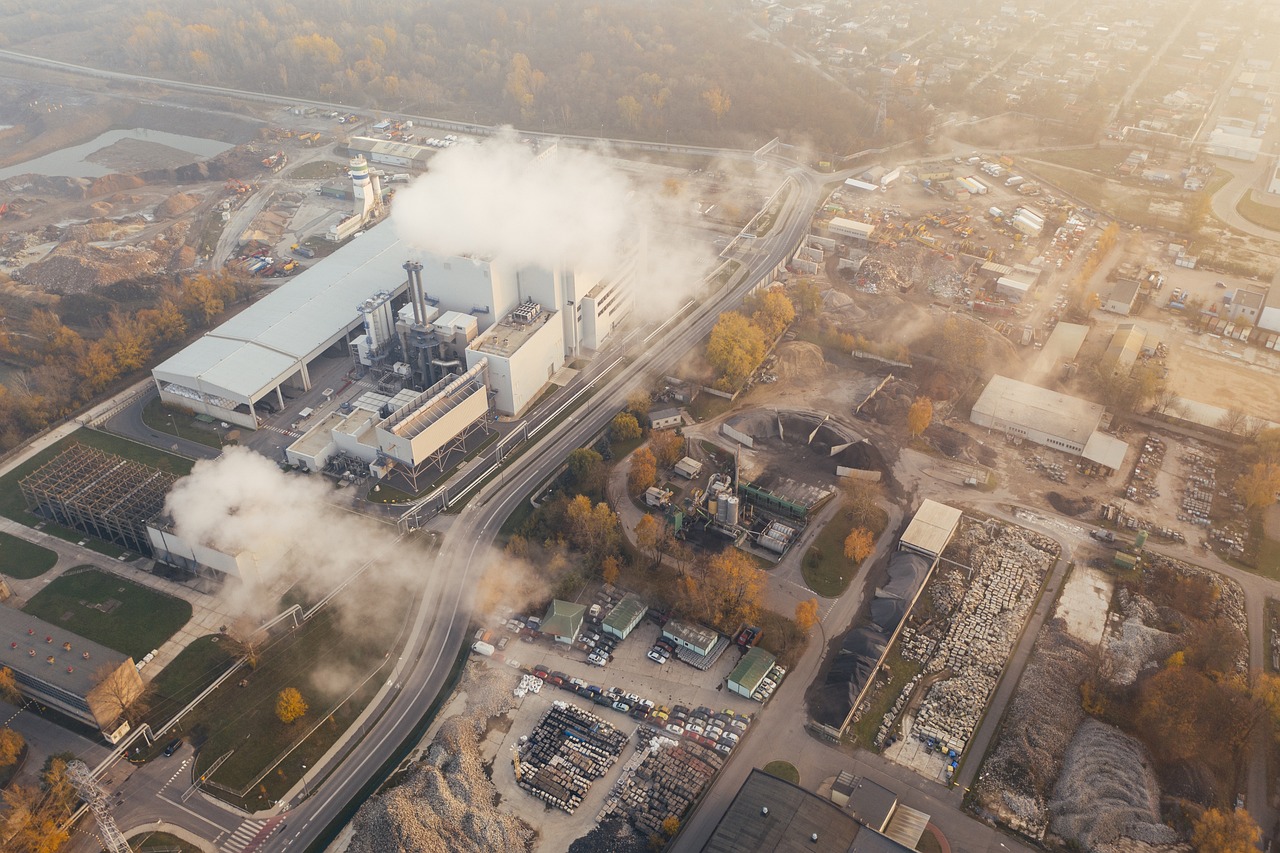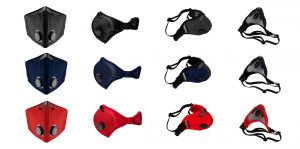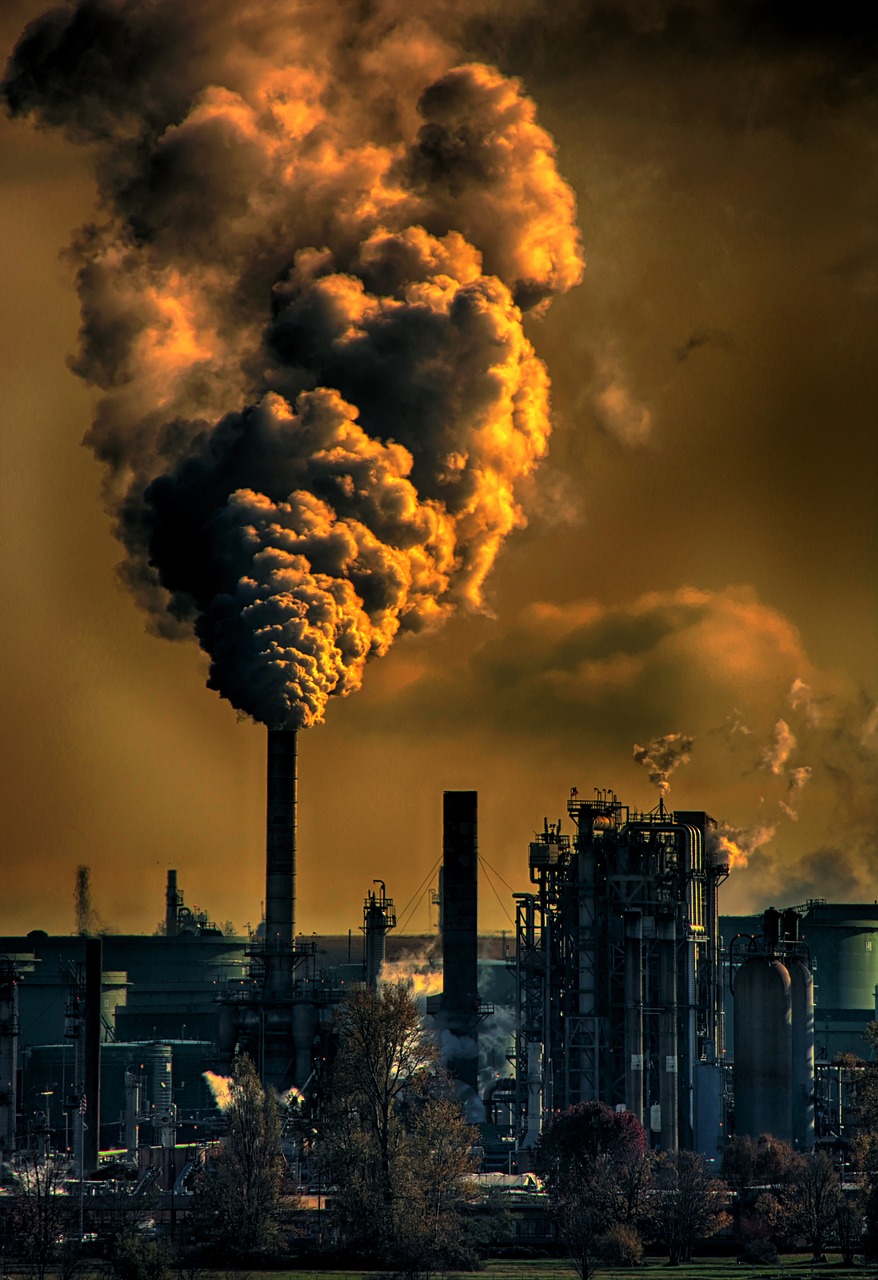
Hanoi’s pollution isn’t just an eyesore – it’s a serious health hazard. The city’s air is filled with tiny, invisible particles that can wreak havoc on your respiratory system. While the immediate effects of pollution, like coughing and wheezing, are noticeable, the long-term consequences are even more alarming.
The Silent Killer: Long-Term Effects of Air Pollution
Repeated exposure to Hanoi’s polluted air can lead to chronic respiratory conditions like asthma, bronchitis, and even lung cancer. The fine particulate matter (PM2.5) found in the air can penetrate deep into your lungs, causing inflammation and damage over time.
But the damage doesn’t stop there. Studies have also linked air pollution to cardiovascular disease, stroke, and even neurological disorders. The toxins in the air can enter your bloodstream and affect your entire body, increasing your risk of serious health problems.
The Importance of Proactive Lung Protection
Protecting your lungs from Hanoi’s pollution is crucial for your long-term health. While avoiding polluted areas altogether may not be feasible, there are steps you can take to minimize your exposure and safeguard your respiratory system.
- Wear a High-Quality Mask: A mask with advanced filtration technology can effectively block out harmful particles and protect your lungs.
- Monitor Air Quality: Stay informed about the air quality index (AQI) and adjust your activities accordingly. Avoid outdoor exercise or strenuous activities when pollution levels are high.
- Stay Hydrated: Drinking plenty of water helps flush out toxins from your body and keeps your respiratory system healthy.
- Boost Your Immune System: A strong immune system can help your body fight off the negative effects of pollution. Eat a healthy diet, get enough sleep, and manage stress.
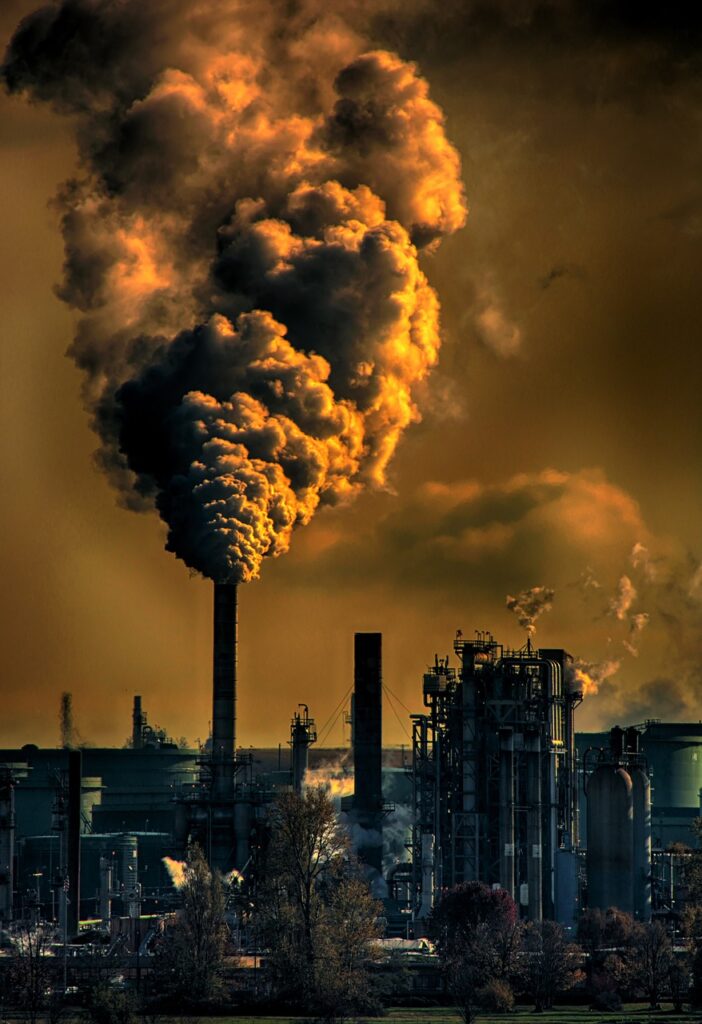
Worried about the air quality? Learn how to monitor pollution levels in ‘Hanoi Air Quality Alert: How to Monitor Pollution Levels and Stay Safe’.

